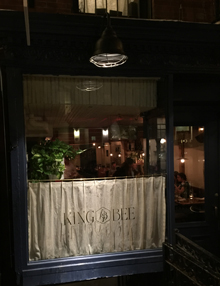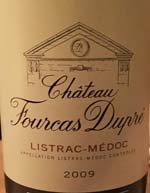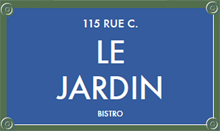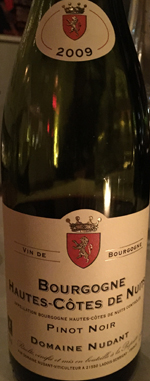King Bee
 Tuesday, March 24, 2015 at 08:22AM
Tuesday, March 24, 2015 at 08:22AM 
 In recent years, Southern cooking has made only a slight dent on the New York restaurant scene. Marcus Samuelsson’s The Red Rooster is probably the most conspicuous major success. I struggle to name many others.
In recent years, Southern cooking has made only a slight dent on the New York restaurant scene. Marcus Samuelsson’s The Red Rooster is probably the most conspicuous major success. I struggle to name many others.
 I can’t really pinpoint a reason for that. Most restaurants, of course, are imitative—all of those nearly-identical farm-to-table restaurants, for example. Perhaps all that’s needed is a break-out hit that others will then strive to replicate. (I suspect Samuelsson’s place is seen as a product of his celebrity, and doesn’t lend itself to copying.)
I can’t really pinpoint a reason for that. Most restaurants, of course, are imitative—all of those nearly-identical farm-to-table restaurants, for example. Perhaps all that’s needed is a break-out hit that others will then strive to replicate. (I suspect Samuelsson’s place is seen as a product of his celebrity, and doesn’t lend itself to copying.)
Welcome to King Bee, which features the Southern cuisine known as Acadian, which traces its roots to the 17th century, when French Canadians settled in what is now Louisiana, and France controlled the midsection of North America from the Gulf of St. Lawrence to the Mississippi Delta. (The Canadian Maritime provinces and portions of northern Maine were once called Acadia.)

























